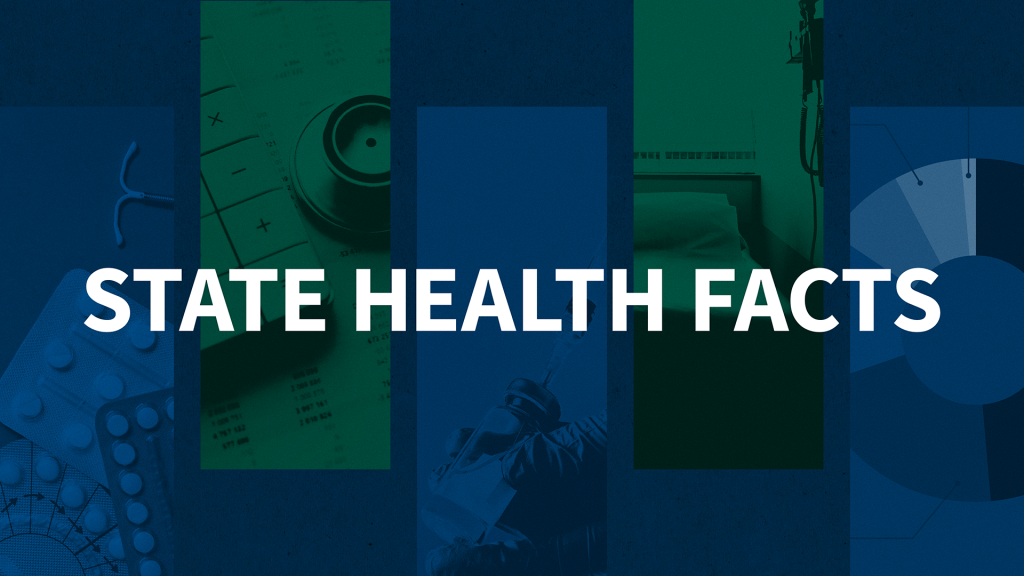Briefing on the ACA in CA: Year One & Beyond
Continuing an effort to explore Affordable Care Act (ACA) implementation in the states, the Kaiser Family Foundation and the Blue Shield of California Foundation examined ACA implementation in California (CA) at a Sacramento, Calif. briefing and panel discussion on May 28. A state official, experts and advocates discussed issues and challenges related to implementation of the law, and the practical impact of providing coverage to roughly 4.5 million Californians who have coverage via the state marketplace or the Medi-Cal expansion.
